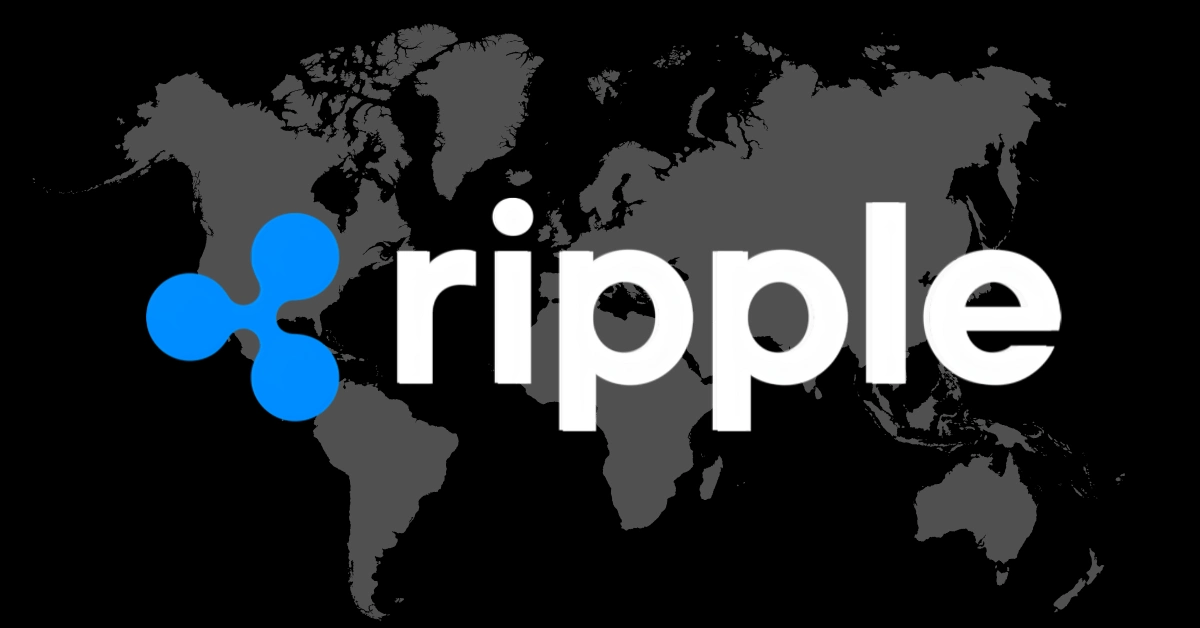- Ripple’s proposed $11 billion acquisition of Circle could mark a major strategic pivot from XRP to stablecoins, raising concerns about centralization and XRP’s diminishing relevance.
- Critics fear Ripple’s control over USDC could disrupt market trust and undermine the decentralized nature of the stablecoin ecosystem.
Ripple’s proposed $11 billion acquisition of Circle, the issuer of the USDC stablecoin, has sent shockwaves through the crypto world. On paper, this is a bold move—one that could potentially make Ripple a heavyweight in the stablecoin market. But beneath the surface, critics are warning that it could also mark the beginning of the end for XRP’s original vision.

For over a decade, Ripple championed XRP as the answer to cross-border payments, touting it as a faster, cheaper alternative to legacy systems like SWIFT. But with stablecoins like USDC gaining widespread adoption in traditional finance (TradFi), that vision has come under fire. Now, with Ripple launching its own stablecoin (RLUSD) and chasing Circle, observers say Ripple is pivoting—abandoning XRP in favor of a more bank-friendly stablecoin future.
Also read: Bitcoin Price Hits $108K Near All-Time High — Analysts Warn of Possible $2K Crash Ahead
“They are trying to buy Circle because stablecoins make the use case XRP was supposed to fulfil utterly useless,” noted pseudonymous crypto analyst R89Capital on X. The tweet was blunt, and it hit a nerve across crypto circles.
The numbers back up the skepticism. While RLUSD currently holds a modest $310 million in market cap, USDC boasts over $61 billion. With Circle’s established connections to major institutions and regulatory frameworks, owning USDC could give Ripple the financial muscle XRP failed to consistently deliver.
XRP Community in Disarray: “A Betrayal of Trust”
For long-time XRP holders and Ripple supporters, the acquisition bid has been met with unease, even outrage. What was once a tight-knit, loyal community is now wrestling with what looks like an existential pivot.
“There has never been a bigger grift in crypto than Ripple,” R89Capital claimed in another viral post. “It’s one of the largest frauds in the history of finance.”
These are harsh words—but they reflect a wider fear that Ripple is abandoning the very asset it built its reputation on. XRP has been embroiled in a years-long legal battle with the U.S. Securities and Exchange Commission (SEC), further denting its public image and market momentum. Although Ripple emerged with some legal victories, the damage to XRP’s adoption prospects may be irreversible.
Now, by pursuing USDC, Ripple risks alienating its core supporters. Community voices on X warned that the deal could centralize control over a stablecoin that has, until now, been largely trusted due to Circle’s relative neutrality in the DeFi space.
“If Ripple takes control of USDC, what happens to its transparency? Its decentralization?” asked one user, raising fears of Ripple reshaping USDC governance to favor its own agenda.
Some even compared the move to “Hooli buying Pied Piper”—a reference to the fictional Silicon Valley series where innovation is stifled by corporate control.
A New Power Structure in the Stablecoin Wars?
Despite the controversy, Ripple’s potential acquisition of Circle is more than just a headline—it could reshape the future power structure of the crypto ecosystem.
Stablecoins have emerged as essential tools in digital finance. Whether for trading, lending, or serving as an on-ramp to DeFi, assets like USDC and USDT have become indispensable. In fact, USDC’s regulatory compliance and backing by real-world assets have made it the preferred stablecoin for institutions wary of the wilder side of crypto.
If Ripple can gain control over USDC, it won’t just be acquiring a stablecoin—it’ll be acquiring the infrastructure of trust that USDC has built. That means partnerships with banks, integrations with payment systems, and a gateway to mainstream finance.
In this context, Ripple’s stablecoin RLUSD, while nascent, might also benefit from shared resources, liquidity, and credibility. However, many believe the $11 billion price tag signals Ripple is replacing XRP, not complementing it.
And there’s still a big “if” around whether the deal will even go through. Circle reportedly rejected initial overtures, and major players like Coinbase—who co-founded the Centre consortium with Circle—could push back against any acquisition that threatens USDC’s neutrality or regulatory alignment.
What’s Next: A Battle of Narratives and Ideologies
Ripple’s potential acquisition of Circle is more than a business deal—it’s a test of ideologies in crypto. On one side is the vision of a decentralized, transparent financial ecosystem. On the other is the vision of corporate control, regulatory compliance, and institutional partnership.
Ripple is clearly betting on the latter.
But as the dust settles, one thing is clear: Ripple is no longer just the company behind XRP. It’s pivoting to a broader, more institutional future—possibly at the cost of the very community that built it.
Key Takeaways:
- Ripple’s $11 billion bid to acquire Circle signals a major pivot from XRP to stablecoins.
- Critics argue this could render XRP obsolete and centralize control over USDC.
- The crypto community is divided, with fears over transparency, decentralization, and long-term trust.
As this story unfolds, investors and crypto advocates alike will be watching not just Ripple’s next move—but how the broader market reacts to what could be one of the most controversial acquisitions in crypto history.




